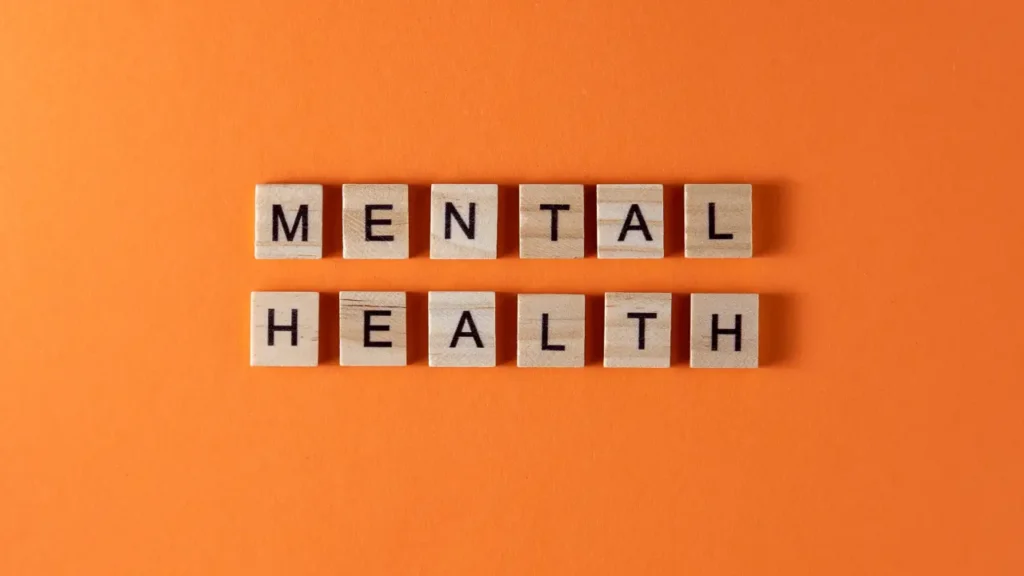Social anxiety can feel like an invisible barrier, trapping you in a cycle of fear and self-doubt. Whether it’s the dread of public speaking, the panic of meeting new people, or the overwhelming fear of judgment, social anxiety affects millions globally. But here’s the good news: you can break free. This guide combines science-backed strategies, real-life examples, and actionable steps to help you reclaim your confidence and thrive in social settings.
Understanding Social Anxiety: More Than Just Shyness
What Is Social Anxiety?
Social anxiety disorder (SAD), or social phobia, is characterized by an intense fear of being judged, embarrassed, or rejected in social situations. Unlike shyness, which is a personality trait, social anxiety is a mental health condition that can disrupt daily life—affecting relationships, career opportunities, and self-esteem.
Common Symptoms Include:
- Physical reactions: Sweating, trembling, rapid heartbeat.
- Psychological patterns: Overthinking, negative self-talk, avoidance of social events.
Why Does Social Anxiety Happen?
Research suggests a mix of genetic predisposition and environmental factors, such as childhood bullying or traumatic social experiences. For example, someone who was ridiculed during a school presentation might develop a lifelong fear of public speaking.
The Impact of Social Anxiety on Daily Life
Social anxiety doesn’t just make parties uncomfortable—it can:
- Limit career growth (e.g., avoiding networking or promotions).
- Strain relationships due to fear of intimacy or conflict.
- Lead to isolation, depression, or substance abuse as coping mechanisms.
Real-Life Example: Riya, a 27-year-old graphic designer, skipped her best friend’s wedding because she feared being the center of attention. Her avoidance spiraled into loneliness, worsening her anxiety.
Science-Backed Strategies to Overcome Social Anxiety
1. Cognitive Behavioral Therapy (CBT): Rewire Your Thoughts
CBT is the gold standard for treating social anxiety. It focuses on challenging distorted thoughts (e.g., “Everyone will laugh at me”) and replacing them with evidence-based beliefs.
How It Works:
- Cognitive Restructuring: Identify and reframe irrational fears.
Example: Replace “I’ll embarrass myself” with “I’ve prepared well, and mistakes are normal”. - Behavioral Experiments: Test fears in real life. For instance, initiate a conversation to see if others react negatively (spoiler: they usually don’t!).
2. Exposure Therapy: Face Your Fears Gradually
Exposure therapy involves systematically confronting anxiety triggers, starting with less intimidating scenarios. This “desensitization” helps your brain learn that social situations aren’t threats.
Steps to Try:
- Create a Fear Hierarchy: Rank social situations from least to most anxiety-provoking (e.g., texting a friend → attending a party.
- Start Small: Begin with low-stakes interactions, like asking a barista for a coffee refil.
3. Positive Self-Talk: Silence Your Inner Critic
Negative self-talk fuels anxiety. Combat it with affirmations and self-compassion:
- Instead of “I’m awkward,” try “I’m learning, and that’s okay.
- Use the RAIN Method: Recognize, Allow, Investigate, and Nurture your emotions without judgment.
4. Mindfulness and Relaxation Techniques
Mindfulness keeps you grounded in the present, reducing overthinking about past blunders or future scenarios.
Practices to Adopt:
- Diaphragmatic Breathing: Inhale deeply through your nose, expanding your belly, to activate the parasympathetic nervous system.
- Guided Imagery: Visualize succeeding in a feared situation (e.g., delivering a flawless presentation)
5. Communication Exercises: Build Social Skills
Improving social skills reduces uncertainty, a major anxiety trigger.
Actionable Tips:
- Active Listening: Focus on others’ words instead of your internal dialogue.
- Open-Ended Questions: Ask, “What inspired you to pursue this career?” to shift attention outward.
The Power of Gradual Progress and Small Wins
Recovery isn’t linear. Celebrate micro-victories, like attending a virtual meetup or speaking up in a meeting. Each step strengthens your “confidence muscle”.
Example: Mark, who feared job interviews, started by recording mock interviews at home. Over weeks, he progressed to small-group practice sessions—landing his dream job after six months.
When to Seek Professional Support
If anxiety feels unmanageable, therapy or support groups provide tailored strategies. For instance, exposure-based CBT programs (like those offered by the Cognitive Behavior Institute) combine structured guidance with real-world practice.
Bonus: Emerging treatments like ketamine-assisted therapy or neurofeedback show promise for resistant cases.
Conclusion: Your Journey to Social Confidence Starts Now
Social anxiety may feel like a life sentence, but it’s a challenge you can overcome. By integrating CBT, mindfulness, and gradual exposure, you’ll rewrite your social narrative—one brave step at a time.







